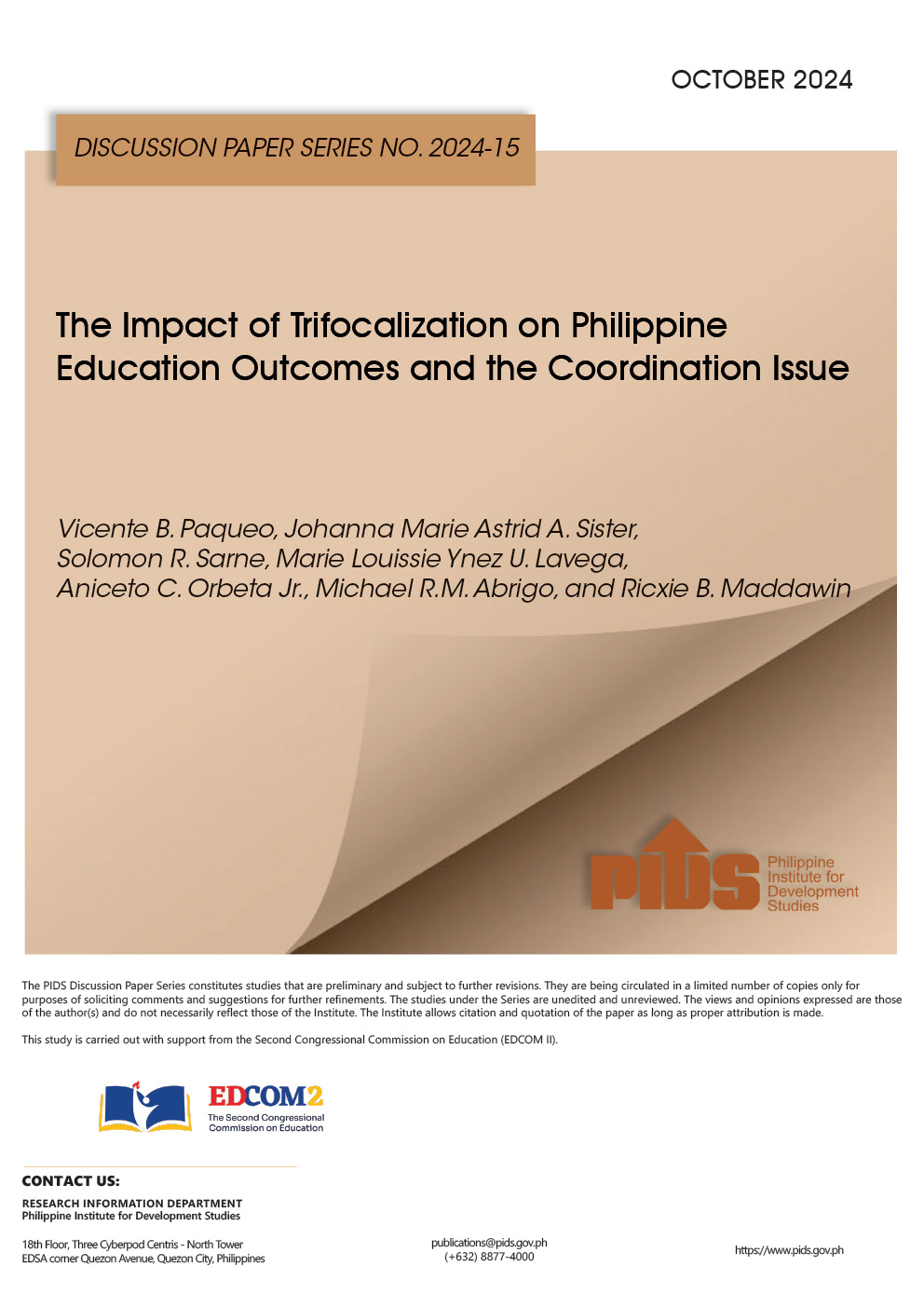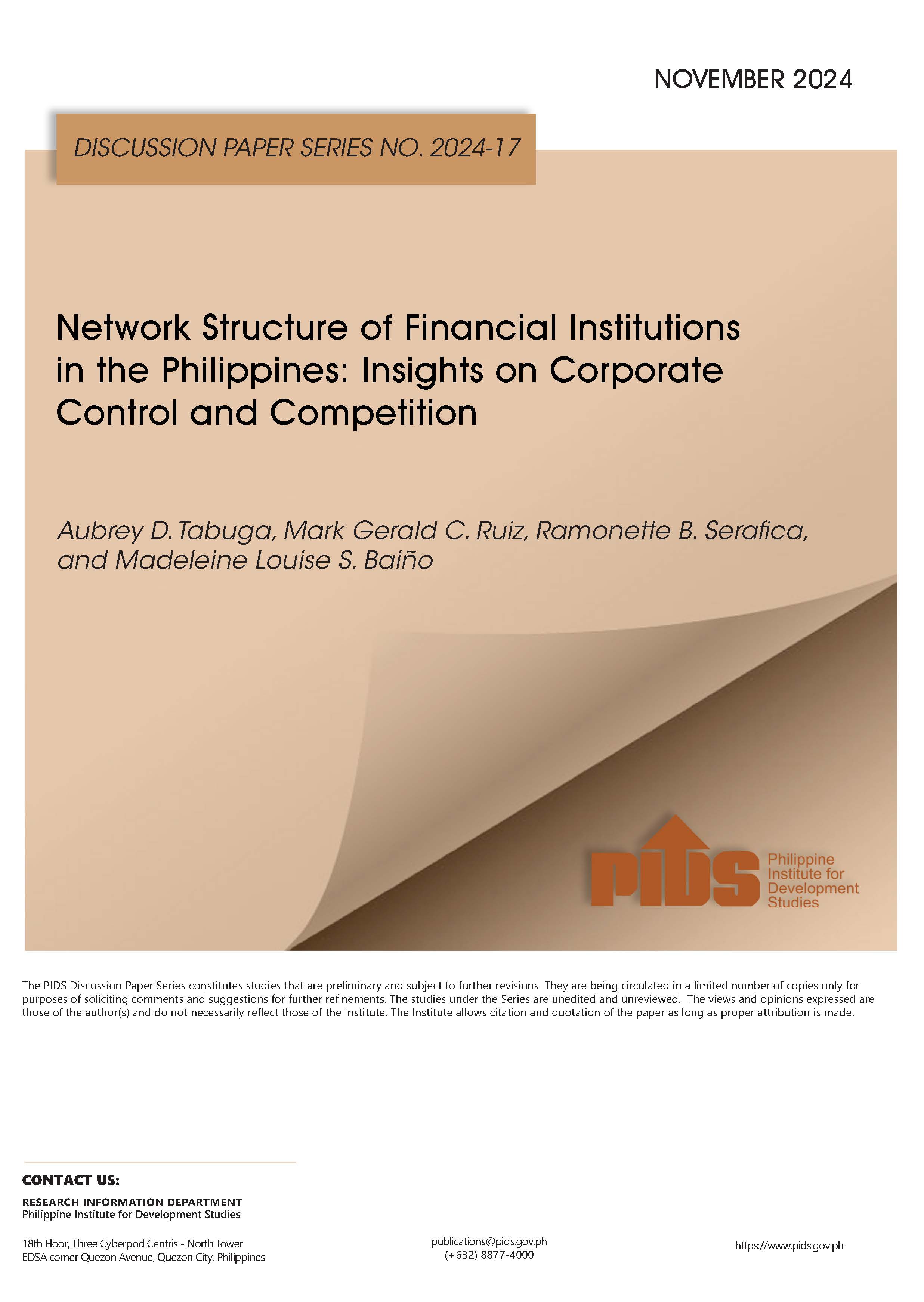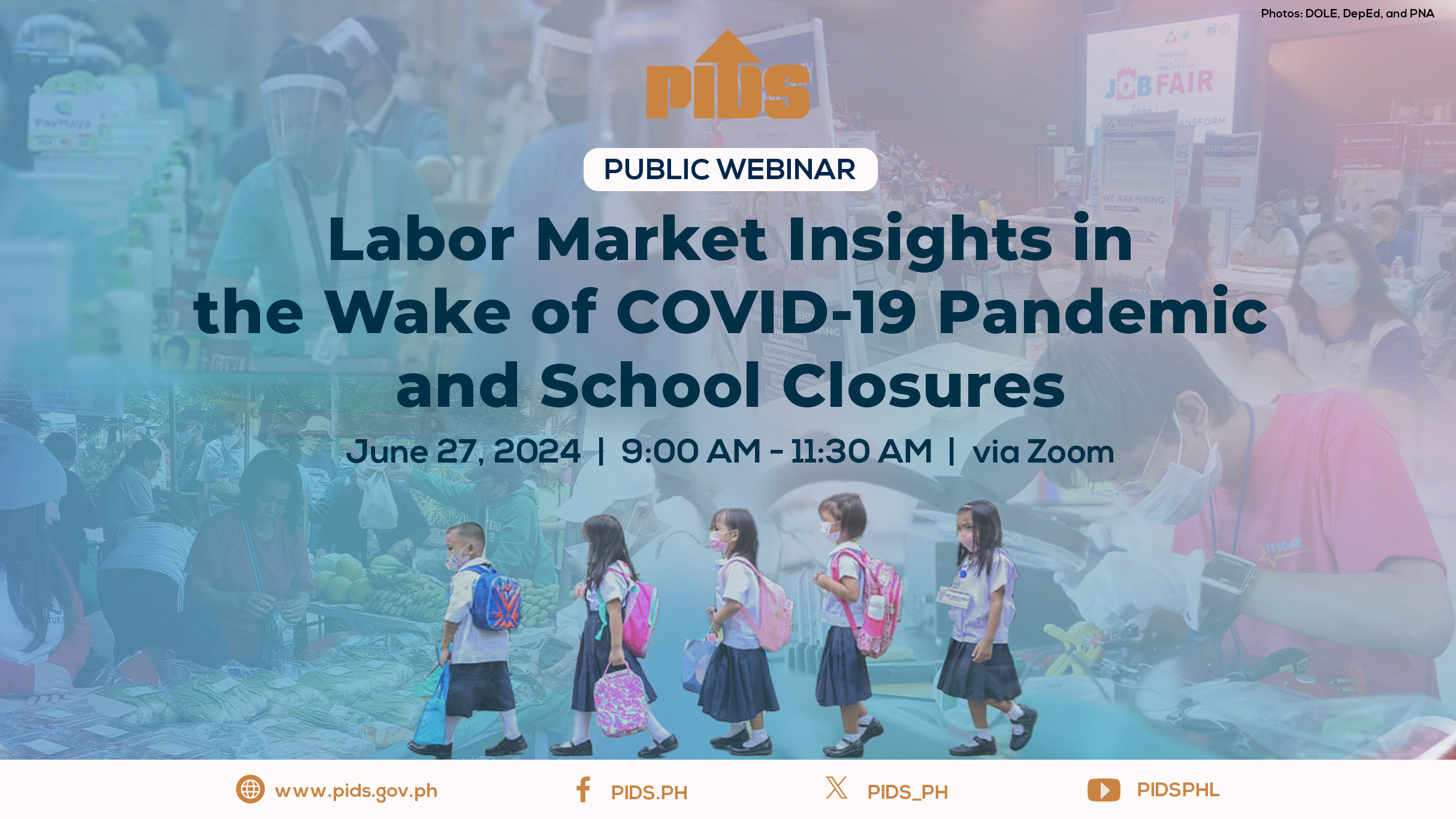In the Philippines, around three million learners have either not enrolled in primary school at all, or have not returned to it in the 2020-21 academic year. For context, this number is almost equal to the entire population of Quezon City (2.94 million), a highly urbanised city in Metro Manila. This happened despite the massive enrolment and registration drive undertaken by schools, and the fact that opening was moved back four months. The COVID-19 pandemic forced these students to take a “gap year.”
The causes of this forced “gap year” are quite obvious. The shift to remote or distance learning through self-learning modules and online classes, coupled with the costly yet slow internet connectivity in the country, puts a strain on families’ ability to shoulder the added costs of this type of education. Although the effect may vary across segments of society, what is clear is that some households are just not prepared for this sudden digital transformation, and lack the means to catch up. According to a paper by the Philippine Institute for Development Studies (PIDS), only 1 per cent of poor, 6 per cent of low-income and 27 per cent of lower middle-income households have computers.
This is further aggravated by the effect of pandemic measures such as lockdowns and community quarantines on employment and business. In July 2020, the unemployment rate in the Philippines was 10 per cent, twice the rate for the same month last year. In April 2020, the rate was as high as 17.7 per cent. Among the labour sectors most affected are those in the informal sector, minimum wage earners and workers in a no-work, no-pay arrangement.
Unfortunately, interventions to address these causes fall short. The school year started and children were left behind. The way forward is to move on from this gap year, learn from the policy pitfalls and provide opportunities, programmes and policies so that these children can make the following school year their “bounce-back” year. The proposals presented here can be readily implemented by schools. The goal is to enable these learners to seamlessly return to school and if possible, offset the effects of the gap year on their overall educational advancement.
One policy worth considering is the implementation of a rolling enrolment or admissions programme. This means that enrolment should not only take place for a limited period before the start of school year. Schools must be able to accept students after Day 1 or even Month 1 of the classes. As businesses and industries reopen and work resumes after strict community quarantine but days or months after school opening, the families of affected students should be able to regain their source of income and/or save enough funds to finance their children’s education. Returning students, especially those who show proof of economic hardship as a cause for dropping out, must be accepted year-round. They should be allowed to use the summer break (usually March to June) to accomplish all the required learning outcomes and skills. If self-paced learning turned out to be unsuccessful due to the limited time available to these late enrollees, catch-up, enhancement and advancement classes can then be offered by schools during the summer break and the next school year to allow these students to advance and be promoted to the next grade level.
As a temporary measure, local school boards must be granted flexibility to use the Special Education Fund (SEF) to address this “gap year” problem, such as the procurement of electronic devices for distribution to non-enrollees, conditional on their re-enrolment and funding support for catch-up classes. As advisory committees to the local sanggunian (legislative councils), these boards must take a primary role in designing policies and guidelines for the specific educational needs of the community.
Since lessons are delivered through printed modules and remotely, access to these modules, materials, audio/video recordings of classes, etc., must be given to non-enrollees. Printed modules may be deposited in barangay or community centres for borrowing, photocopying and/or distribution to non-enrollees and other young people who are out of school. Alternatively, these can be uploaded in a website similar to the existing online platform DepEd Commons, but without the need for login credentials tied to current school enrollment.
The Alternative Learning System (ALS) of the Department of Education (DepEd) must be strengthened and broadened to be able to accommodate the thousands, if not millions, of non-enrollees from this school year (and the next, if pandemic conditions persist). Of particular importance are those non-enrollees who are slated to graduate this school year and advance to high school or college level. The ALS Accreditation & Equivalency Test, which certifies those who pass the tests with skills comparable to formal education graduates, must be expanded to cater to these students.
Lastly, the DepEd must take into consideration the special circumstances of these ‘gap year’ students in its plan. The agency must come up with a concrete plan to ensure that they will go back to school next year without discrimination, unequal treatment and any other obstacles. Although the Learning Continuity Plan mentioned the Oplan Balik Eskwela (Oplan “Back to School”) programme, this Plan only provided for time-limited implementation (until 29 August 2020). This is not enough. This programme must continue until the three-million ‘gap year’ students are accounted for and given pathways to return to school.
Online schooling with a limited enrolment period and no technical support is not enough. ‘Gap year’ students must not be overlooked and ignored by the government and education authorities. Their physical and economic lockdown must not spill over to the intellectual. They must not be further left behind.
The causes of this forced “gap year” are quite obvious. The shift to remote or distance learning through self-learning modules and online classes, coupled with the costly yet slow internet connectivity in the country, puts a strain on families’ ability to shoulder the added costs of this type of education. Although the effect may vary across segments of society, what is clear is that some households are just not prepared for this sudden digital transformation, and lack the means to catch up. According to a paper by the Philippine Institute for Development Studies (PIDS), only 1 per cent of poor, 6 per cent of low-income and 27 per cent of lower middle-income households have computers.
This is further aggravated by the effect of pandemic measures such as lockdowns and community quarantines on employment and business. In July 2020, the unemployment rate in the Philippines was 10 per cent, twice the rate for the same month last year. In April 2020, the rate was as high as 17.7 per cent. Among the labour sectors most affected are those in the informal sector, minimum wage earners and workers in a no-work, no-pay arrangement.
Unfortunately, interventions to address these causes fall short. The school year started and children were left behind. The way forward is to move on from this gap year, learn from the policy pitfalls and provide opportunities, programmes and policies so that these children can make the following school year their “bounce-back” year. The proposals presented here can be readily implemented by schools. The goal is to enable these learners to seamlessly return to school and if possible, offset the effects of the gap year on their overall educational advancement.
One policy worth considering is the implementation of a rolling enrolment or admissions programme. This means that enrolment should not only take place for a limited period before the start of school year. Schools must be able to accept students after Day 1 or even Month 1 of the classes. As businesses and industries reopen and work resumes after strict community quarantine but days or months after school opening, the families of affected students should be able to regain their source of income and/or save enough funds to finance their children’s education. Returning students, especially those who show proof of economic hardship as a cause for dropping out, must be accepted year-round. They should be allowed to use the summer break (usually March to June) to accomplish all the required learning outcomes and skills. If self-paced learning turned out to be unsuccessful due to the limited time available to these late enrollees, catch-up, enhancement and advancement classes can then be offered by schools during the summer break and the next school year to allow these students to advance and be promoted to the next grade level.
As a temporary measure, local school boards must be granted flexibility to use the Special Education Fund (SEF) to address this “gap year” problem, such as the procurement of electronic devices for distribution to non-enrollees, conditional on their re-enrolment and funding support for catch-up classes. As advisory committees to the local sanggunian (legislative councils), these boards must take a primary role in designing policies and guidelines for the specific educational needs of the community.
Since lessons are delivered through printed modules and remotely, access to these modules, materials, audio/video recordings of classes, etc., must be given to non-enrollees. Printed modules may be deposited in barangay or community centres for borrowing, photocopying and/or distribution to non-enrollees and other young people who are out of school. Alternatively, these can be uploaded in a website similar to the existing online platform DepEd Commons, but without the need for login credentials tied to current school enrollment.
The Alternative Learning System (ALS) of the Department of Education (DepEd) must be strengthened and broadened to be able to accommodate the thousands, if not millions, of non-enrollees from this school year (and the next, if pandemic conditions persist). Of particular importance are those non-enrollees who are slated to graduate this school year and advance to high school or college level. The ALS Accreditation & Equivalency Test, which certifies those who pass the tests with skills comparable to formal education graduates, must be expanded to cater to these students.
Lastly, the DepEd must take into consideration the special circumstances of these ‘gap year’ students in its plan. The agency must come up with a concrete plan to ensure that they will go back to school next year without discrimination, unequal treatment and any other obstacles. Although the Learning Continuity Plan mentioned the Oplan Balik Eskwela (Oplan “Back to School”) programme, this Plan only provided for time-limited implementation (until 29 August 2020). This is not enough. This programme must continue until the three-million ‘gap year’ students are accounted for and given pathways to return to school.
Online schooling with a limited enrolment period and no technical support is not enough. ‘Gap year’ students must not be overlooked and ignored by the government and education authorities. Their physical and economic lockdown must not spill over to the intellectual. They must not be further left behind.











